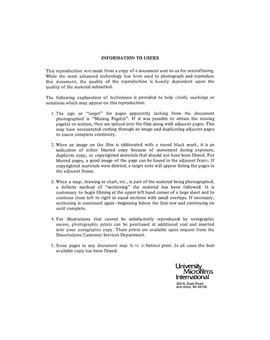| dc.contributor.author | El-bokle, Farouk Mohamed, | en_US |
| dc.date.accessioned | 2013-08-16T12:28:37Z | |
| dc.date.available | 2013-08-16T12:28:37Z | |
| dc.date.issued | 1982 | en_US |
| dc.identifier.uri | https://hdl.handle.net/11244/5023 | |
| dc.description.abstract | Barite is the main weighting agent for drilling fluids because it has the required advantage of high specific gravity together with chemical inertness, and it is non-abrasive. Barite is frequently contaminated with alkaline soluble carbonate and sulfide minerals that are causing serious problems during drilling operations. Another problem is world reserves are estimated at about 200 million tons that will last only about twenty years. | en_US |
| dc.description.abstract | The evaluation of the various drilling mud types revealed advantages of iron oxide weighted drilling fluids over barite weighted systems. Non-dispersed iron oxide drilling fluids exhibited better rheological performance and higher stabilization characteristics at ambient and high temperature. Iron oxide weighted mud systems showed superior rheological and gel strength characteristics at high temperature. Higher penetration rates were estimated for iron oxide weighted mud types based on drilling fluids properties alone. Iron oxide muds were less reactive with shale cuttings than barite mud and therefore less liable to cause borehold problems. | en_US |
| dc.description.abstract | In searching for a substitute for barite, this work was designed to evaluate and improve the performance of a selected group of iron oxides in drilling fluids. Iron minerals evaluated in this study were: Ilmenite, under the commercial name of "Bargain"; Itibirite, composed of natural hematite ore, with small amounts of quartz under the commercial name of "Densimix"; and Synthetic Hematite, a biproduct resulting from the processing of various iron oxides and sulphides produced by Kerr-McGee Chemical Corporation. | en_US |
| dc.description.abstract | This study shows evidence that there are prospects for salvage of the iron minerals from the drilling fluids after the well completion which will make the utilization of iron minerals more economical than barite. | en_US |
| dc.description.abstract | The mineral grain attrition of the iron oxides is slower and less destructive to mud properties. Special mud formulation incorporating polymer additives can be utilized to either eliminate or reduce the mud wear effect and grain attrition of solids. The polymer additives act as coating agents to the abrasive weighting material and encapsulates the shale cuttings to prevent or minimize hydration effects. | en_US |
| dc.format.extent | xix, 269 leaves : | en_US |
| dc.subject | Engineering, Petroleum. | en_US |
| dc.title | Techniques for evaluating and improving the performance of the iron oxides used as barite substitutes in oil well drilling fluids. | en_US |
| dc.type | Thesis | en_US |
| dc.thesis.degree | Ph.D. | en_US |
| dc.thesis.degreeDiscipline | Mewbourne School of Petroleum and Geological Engineering | en_US |
| dc.note | Source: Dissertation Abstracts International, Volume: 43-06, Section: B, page: 1945. | en_US |
| ou.identifier | (UMI)AAI8225500 | en_US |
| ou.group | Mewbourne College of Earth and Energy::Mewbourne School of Petroleum and Geological Engineering | |
